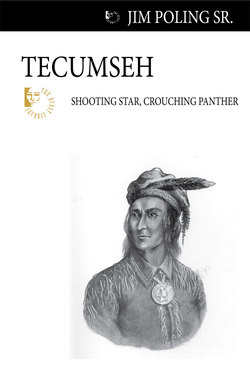Читать книгу Tecumseh - Jim Poling Sr. - Страница 7
На сайте Литреса книга снята с продажи.
ОглавлениеAuthor’s Note
Trying to find perfect consistency in North American frontier history, especially where First Nations are involved, is an exercise in frustration. Native people did not have written languages, so spellings of spoken Native words and phrases are so inconsistent as to be distracting. For instance, the word for bear in Ojibwe (Ojibway, Ojibwa) can be maakwaa, muqua, mukwa, or a number of other combinations of letters that make up the same sounds.
Thus we have Tecumseh, Tecumseth, Tecumtha, Tecumsay, and other spellings passed down over the two hundred years since the great chief lived.
There are other inconsistencies that distract: Where was Tecumseh actually born? Where was he at certain times of his life? Exactly how many wives and children did he have? Where is he buried? Military happenings create other inconsistencies. Each side in a battle or war has its own version of what exactly transpired and how many were killed or wounded.
In reading the history of Tecumseh, variable spellings, lack of precise dates, and inconsistent numbers can be frustrating, but in the end they don’t really matter. It’s the overall story that counts, the story of a man who stood up for what he believed was right for his people. A man, considered by most white North Americans of the day to be an uneducated savage, who became a symbol of all that is noble in any race.
Scholars continue to frustrate themselves trying to confirm the tiniest details of Tecumseh and his times, while two centuries have further obscured details that were already obscure. Theirs is an important job — to doggedly pursue the latest, best available facts. For the rest of us, what matters most are the main elements of this remarkable life and its impact on Canadian and American history.
Tecumseh lived in much different times, but the story of his life, which is the struggle to protect a vanishing culture, provides lessons for lives lived in any time.
